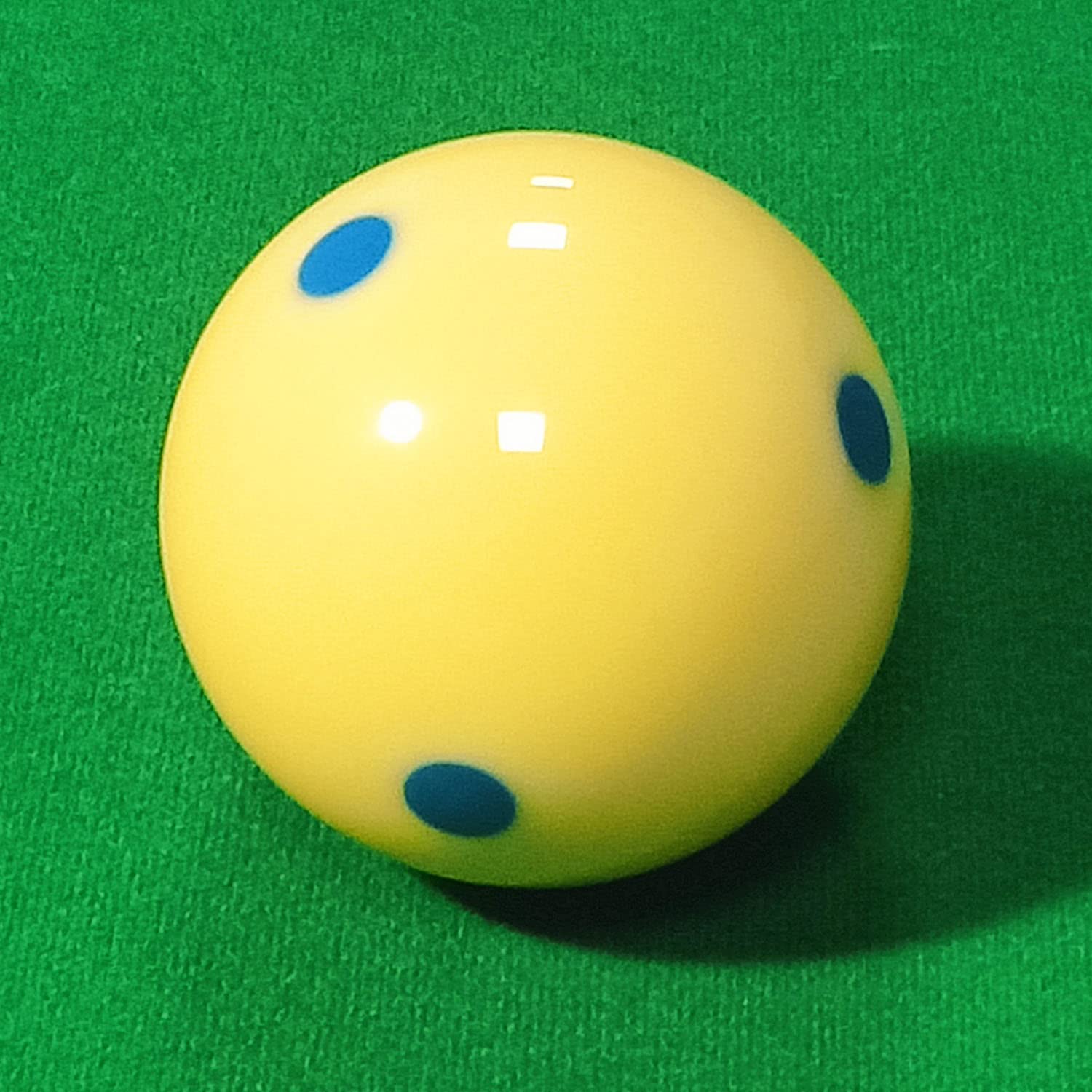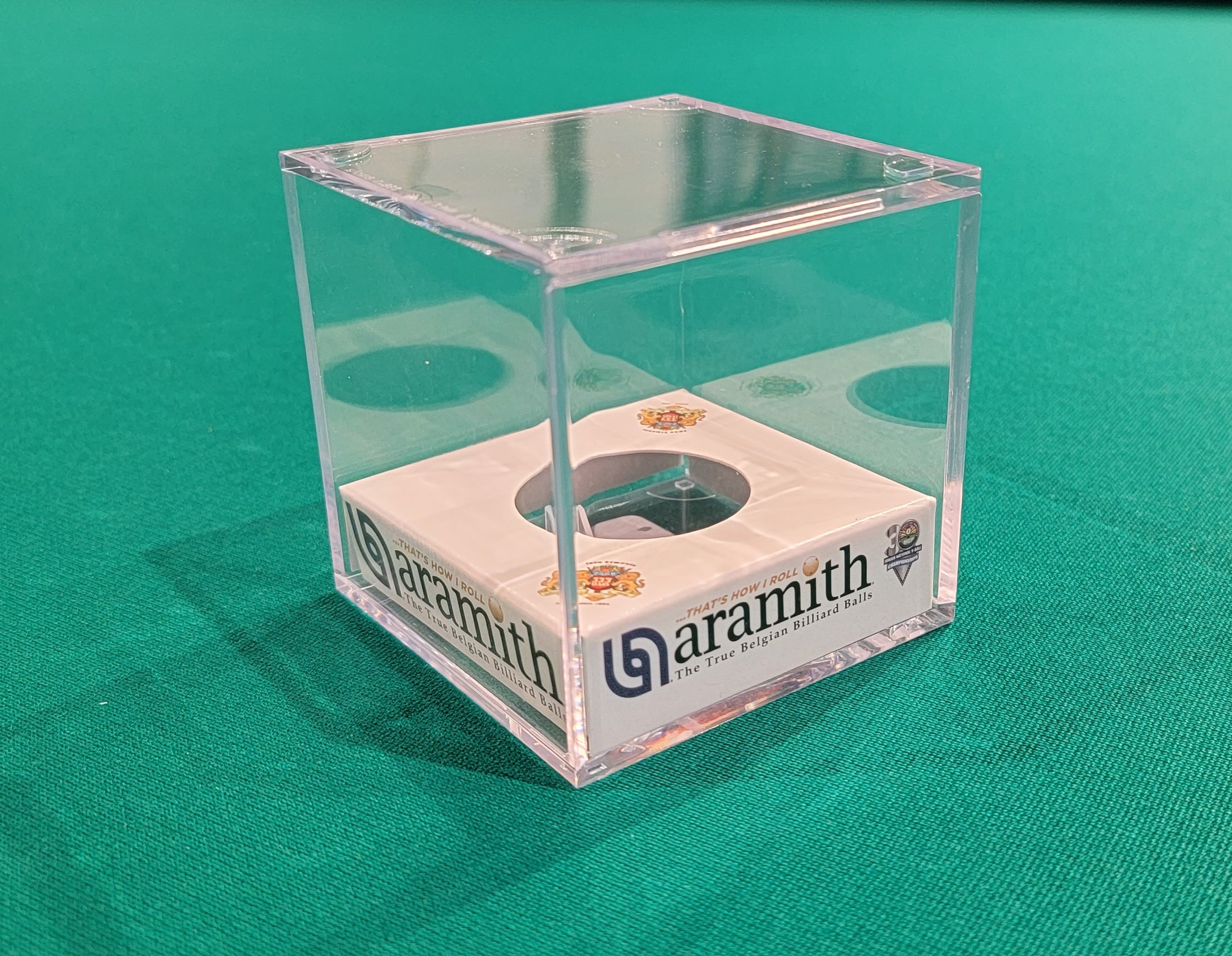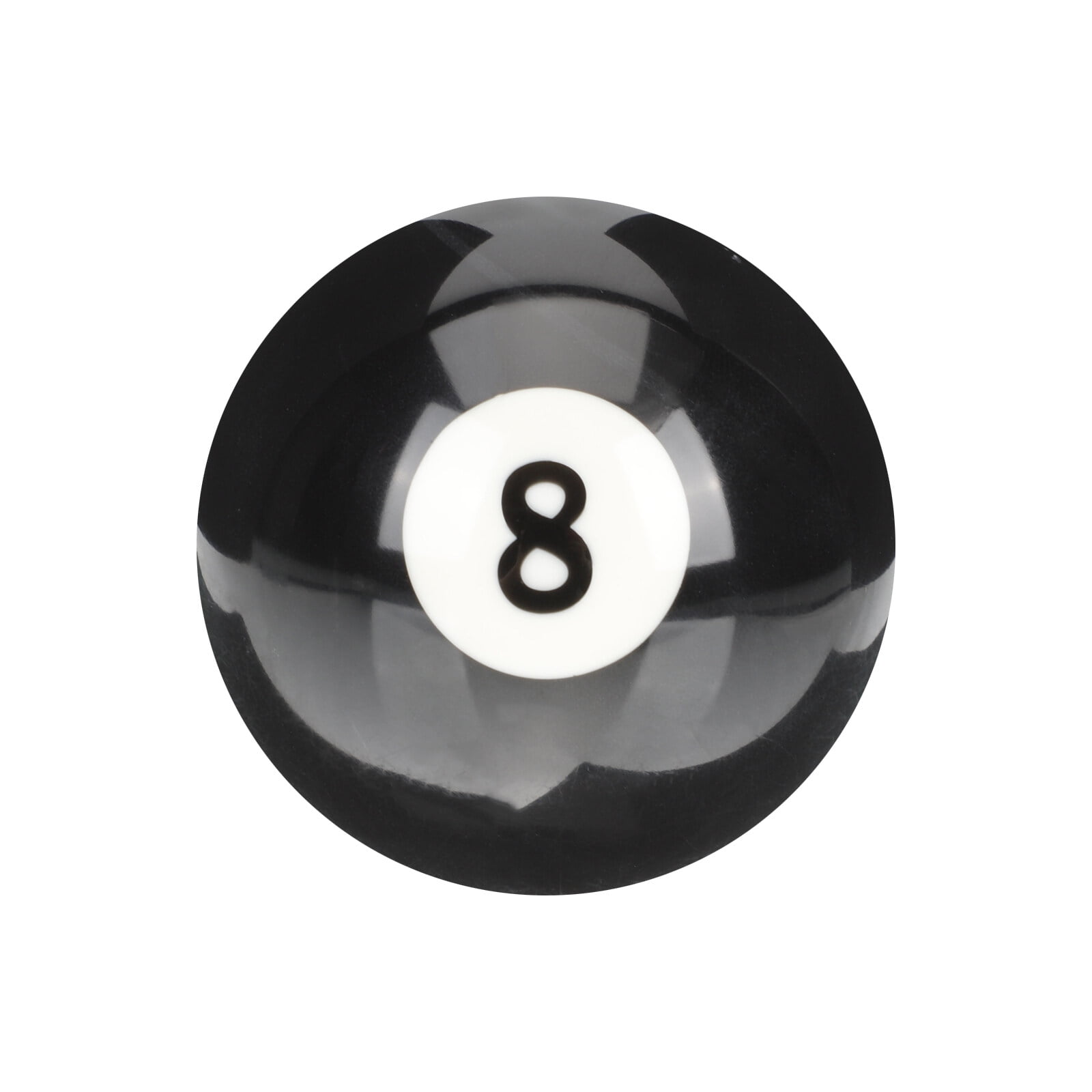Cue Ball With Markings: The Hidden Secrets And Fascinating Stories Behind The Dots
Ever wondered why some cue balls have markings or dots? Well, buckle up because we’re diving deep into the world of cue balls, uncovering their secrets, and shedding light on those mysterious markings that might’ve been puzzling you for years. Whether you’re a pool shark or just someone who enjoys a casual game at the bar, this article will give you all the tea on cue balls with markings. So grab your cue stick and let’s roll!
When it comes to billiards, everything has a purpose. From the smooth glide of the cue stick to the perfect bounce of the balls, every detail matters. But what about those little markings on the cue ball? Are they just for show, or do they serve a higher purpose? Spoiler alert: they’re not just there to look pretty. These markings tell a story, and it’s one you won’t want to miss.
So, why should you care about cue ball markings? Well, if you’ve ever found yourself scratching your head during a game wondering why your shot didn’t go as planned, the answer might lie right there on the cue ball. Understanding these markings can take your game to the next level, and who doesn’t want that? Let’s break it down step by step.
- Why Does President Trump Look Orange The Truth Behind The Iconic Hue
- Kannada Movirulzcom Your Ultimate Destination For Kannada Cinema
Table of Contents
- The History of Cue Balls
- What Are Cue Ball Markings?
- Different Types of Markings
- The Purpose of Markings
- How to Use Markings in Your Game
- Common Misconceptions About Markings
- Tips for Beginners
- Maintaining Your Cue Ball
- Fun Trivia About Cue Balls
- Conclusion
The History of Cue Balls
Let’s take a trip back in time to understand where cue balls even came from. Believe it or not, cue balls weren’t always made of plastic. In fact, they used to be crafted from ivory! Yep, you heard that right. Back in the day, elephants were the main suppliers of billiard balls, which is wild to think about now. Thankfully, we’ve moved on to more ethical materials, but the legacy of the cue ball lives on.
So, how did markings come into play? Well, as the game evolved, players started noticing inconsistencies in their shots. These inconsistencies were often due to imperfections in the balls themselves. To combat this, manufacturers began adding markings to help players aim better and understand the ball’s behavior.
- Why Vegamoviesby Is Your Ultimate Destination For Movie Enthusiasts
- New South Movie 2024 Hindi Dubbed Download Your Ultimate Guide
What Are Cue Ball Markings?
Now, let’s get into the nitty-gritty of what those markings actually are. Cue ball markings are essentially small dots, lines, or patterns that are placed on the surface of the ball. These markings aren’t random—they’re strategically placed to help players make more accurate shots.
Think of them like a compass for your game. They give you a visual reference point, making it easier to predict how the ball will react when struck. Some markings are simple dots, while others are more intricate designs. It all depends on the manufacturer and the type of game being played.
Why Do Some Cue Balls Have More Markings Than Others?
Good question! The number and type of markings can vary depending on the level of play. For example, professional players might use cue balls with more detailed markings to fine-tune their shots. On the other hand, casual players might prefer simpler markings that are easier to understand.
It’s kind of like choosing between a luxury car and a basic sedan. Both will get you where you need to go, but one offers a little more flair and precision.
Different Types of Markings
Not all cue ball markings are created equal. Let’s break down the most common types:
- Dots: These are the simplest and most common type of marking. They’re usually placed in the center of the ball and help players aim more accurately.
- Lines: Some cue balls have thin lines that run across the surface. These lines can help players visualize spin and trajectory.
- Patterns: For the more artistic players, some cue balls come with intricate patterns. These patterns are often used in trick shots or exhibitions.
Each type of marking serves a different purpose, so it’s important to choose the one that suits your playing style.
The Purpose of Markings
So, why bother with markings at all? Well, the purpose is simple: to improve your game. By giving you a visual reference point, markings help you:
- Predict the ball’s trajectory
- Control spin and english
- Make more accurate shots
Think of it like this: without markings, you’re basically shooting blind. Sure, you might get lucky every now and then, but consistency is key in billiards. And markings help you achieve that consistency.
How Do Markings Affect Spin?
Spin is a crucial element in billiards, and markings play a big role in controlling it. By aligning the marking with your desired spin direction, you can achieve more precise results. For example, if you want to add backspin to your shot, you’d align the marking with the bottom of the ball. Simple, right?
How to Use Markings in Your Game
Using markings effectively takes practice, but it’s definitely worth the effort. Here’s a step-by-step guide:
- Identify the marking on your cue ball
- Determine the direction you want the ball to travel
- Align the marking with your intended shot
- Strike the ball with confidence
It might sound complicated at first, but with a little practice, you’ll be hitting those perfect shots in no time.
Common Mistakes to Avoid
When using cue ball markings, there are a few common mistakes to watch out for:
- Ignoring the marking altogether
- Misaligning the marking with your shot
- Not adjusting for table conditions
Remember, practice makes perfect. Don’t get discouraged if you don’t see results right away. Keep practicing, and you’ll start noticing a difference in your game.
Common Misconceptions About Markings
There are a few myths floating around about cue ball markings, so let’s clear them up:
- Myth #1: Markings are only for beginners. Wrong! Even professional players use markings to refine their shots.
- Myth #2: Markings don’t make a difference. Trust us, they do. Any serious player will tell you that markings can be a game-changer.
So, don’t let these misconceptions hold you back. Embrace the power of markings and watch your game improve.
Tips for Beginners
If you’re new to the world of cue ball markings, here are a few tips to get you started:
- Start with simple markings, like dots or lines
- Practice aligning the marking with your shot
- Watch tutorials from professional players
Remember, the key is consistency. The more you practice, the better you’ll get. And before you know it, you’ll be hitting those perfect shots like a pro.
Maintaining Your Cue Ball
Just like any other piece of equipment, your cue ball needs some TLC to stay in top condition. Here are a few maintenance tips:
- Clean the ball regularly to prevent dirt buildup
- Store the ball in a cool, dry place
- Replace the ball if it becomes worn or damaged
By taking care of your cue ball, you’ll ensure that it performs at its best every time you play.
How Often Should You Replace Your Cue Ball?
That depends on how often you play. If you’re a casual player, you might only need to replace your cue ball every few years. But if you’re a serious player, you might need to replace it more frequently. Keep an eye out for signs of wear and tear, like scratches or fading markings.
Fun Trivia About Cue Balls
Let’s wrap things up with some fun trivia about cue balls:
- Did you know that the first cue ball was made from ivory? Crazy, right?
- Some cue balls are made from a special type of plastic called phenolic resin, which is super durable.
- Professional players often have custom-made cue balls with unique markings.
So, the next time you’re at the pool hall, you can impress your friends with these fun facts.
Conclusion
And there you have it—everything you need to know about cue balls with markings. From their rich history to their practical purpose, markings are an essential part of the billiards experience. Whether you’re a seasoned pro or a casual player, understanding and using markings can take your game to the next level.
So, what are you waiting for? Grab your cue stick, find a ball with markings, and start practicing. And don’t forget to share this article with your friends so they can level up their game too. Remember, the more you know, the better you’ll play. Happy shooting!
- Bollyflix Netflix Your Ultimate Guide To Streaming Bollywood Movies
- How Far Along Is Kat Timpf In Her Pregnancy The Ultimate Guide

ProCup Cue Ball Regulation Size 21/4 Pool Training Cue Ball Every cue

Aramith Cue Ball Display Case

Cue ball Replacement Pool Cue Ball Billiard Practice Training Cue Ball